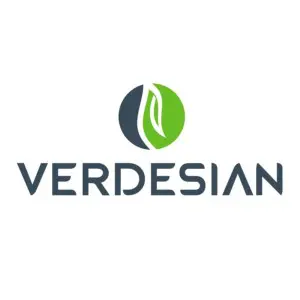Register or Log-In to Record Course Completions & to Earn CEU Credits for Applicable Courses
Course Content
Please click the item you’d like to view below. The course presentation can be viewed once the course has been completed.
Course Description
Course Code: NUE-R 211-9
CEU Credit Category:
Nutrient Management CEU Credit: 0.50
Presenter:
Gary E. Harman
Professor Emeritus, Cornell University, Horticulture Section
Summary:
In this course you will learn:
- Kinds and types of inoculants – efficacy frequently strain-specific, the best are frequently root endophytes
- Rhizobium overview
- Trichoderma overview
- Mycorrhizae overview
- Effects on nutrient uptake, stress resistance and photosynthesis
- The concept of holobionts and overall mechanisms
Many types of plant beneficial microorganisms are used in plant agriculture, including Rhizobium species, Trichoderma species, mycorrhizal fungi, and plant-growth promoting bacteria. The organisms all have specificity as to strains or biotypes that are effective. They can be applied as seed treatments, granular in-furrow formulations or other methods. It is important to use products from trusted providers and to use them before the expiration date. Some of the most effective strains infect and colonize roots.
They may provide numerous advantages including nitrogen fixation (Rhizobium-legume), enhanced acquisition of nutrients from soil, deeper rooting and shoot growth, resistance to pathogens and other pests, and resistance to abiotic stresses. They may also increase photosynthesis. These properties are strain specific.
Stresses, and even supra-optimal light levels, frequently result in production of reactive oxygen species (ROS) in plants. These are highly toxic to the functioning of plant cellular reactions. Several different beneficial microbes induce enzymes and other products that detoxify ROS and create an optimal internal redox potential in cells. This is a primary mechanism for overcoming plant stresses and to enhance photosynthesis.
Plants do not exist as isolated entities, but instead are associated with a variety of microorganisms that may be beneficial or harmful. The use of inoculants can result in beneficial associations that improve overall plant health and performance.


